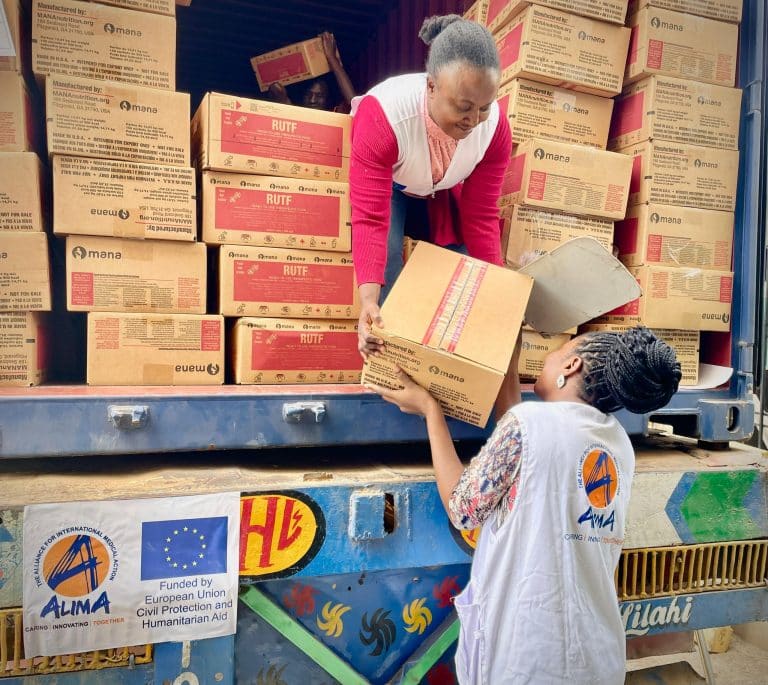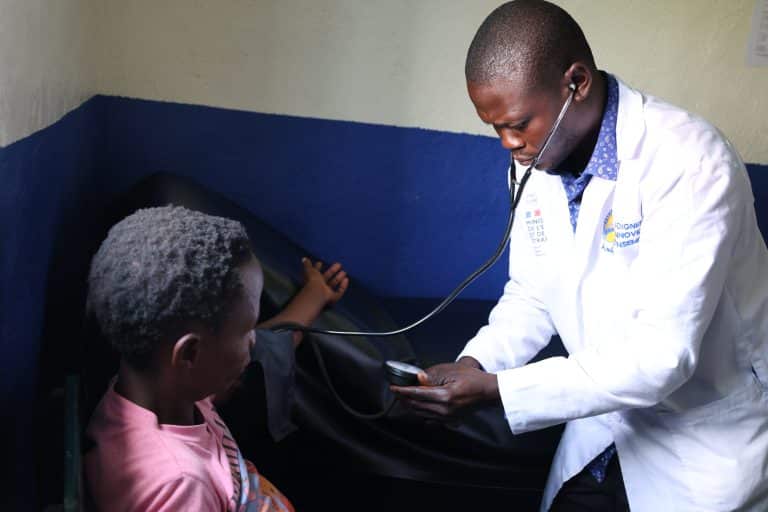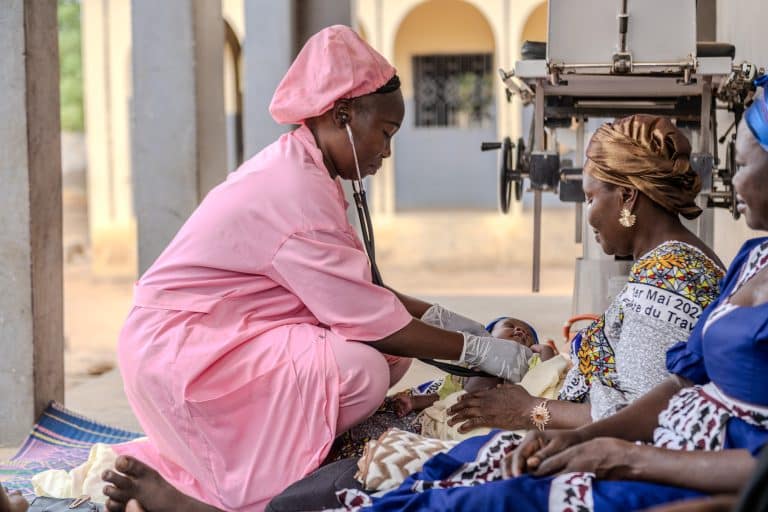Malnutrition
- 45% of deaths among children under 5 are linked to malnutrition (WHO).
- Around 50% of malnourished children have no access to treatment, despite the availability of effective solutions.
- In 2024, ALIMA treated more than 260,000 children suffering from severe acute malnutrition.
Malnutrition is not inevitable. With the right solutions, ALIMA works to treat and prevent this crisis affecting the most vulnerable.
Humanitarian context and challenge
A major issue with irreversible consequences
Child malnutrition stunts growth and weakens the immune system, making children more vulnerable to disease. It manifests as:
- Significant weight loss, sometimes accompanied by nutritional edema and micronutrient deficiencies (essential vitamins and minerals).
- Stunted growth
- Increased risk of severe illness (infections, anemia, neurological complications)
- Lifelong consequences if left untreated
💡 Why does this matter?
- A global emergency: Malnutrition affects tens of millions of children every year.
- Limited access to treatment: 3 out of 4 malnourished children do not receive care.
- Solutions exist: ALIMA develops effective strategies to expand access to treatment and prevent relapses.
📌 Since 2019, over 5 million parents and caregivers have been trained to detect malnutrition using the MUAC-mothers (PB-mères) bracelet.
📌 Since 2019, ALIMA has treated more than 1.2 million children suffering from acute malnutrition.
➡️ ALIMA combines treatment, prevention, and innovation to save lives.
ALIMA’s action
💡 How does ALIMA fight malnutrition?
Since 2009, ALIMA has been active in over 10 countries, addressing malnutrition through a comprehensive approach:
🔹Treatment and prevention
- Management of acute malnutrition in health centers and at home
- “1,000 Days” program: prenatal and postnatal care, nutritional supplements (SQ-LNS) for infants, and acute malnutrition prevention
- MUAC-mothers: a program that enables families to detect early signs of malnutrition using a simple color-coded bracelet
🔹Research and Innovation
OptiMA (Optimizing the Management of Acute Malnutrition)
- An innovative protocol for simpler, more effective treatment
- A family-centered approach: parents learn to detect and monitor malnutrition at home using a MUAC bracelet
- An integrated model treating all malnourished children—moderate and severe—without distinction
- Optimized use of Ready-to-Use Therapeutic Food (RUTF), the most expensive component of treatment, for greater impact at equal cost
- Goal: Scale this approach to treat more children with the same resources
📌 Over the past decade, ALIMA has developed a proven, field-adapted model to reduce child mortality and prevent relapses.
Frequently Asked Questions (FAQs)
- Inadequate access to balanced food
- Lack of appropriate healthcare
- Poor sanitary conditions
ALIMA uses an integrated approach combining medical care, nutritional support, and community-based follow-up to maximize impact.
It’s an early detection initiative that enables parents to assess their child’s nutritional status using a color-coded bracelet.
On the ground
Related news

ALIMA Strengthens Response to Acute Malnutrition with Lifesaving Nutrition Support for Children When it Matters Most
As child malnutrition continues to escalate in Nigeria, the European Union (EU) has funded the shipment of 20,000 boxes of Ready to Use Therapeutic Food

Boga: From Fear to Hope
In Boga, in the eastern Democratic Republic of Congo, thousands of displaced families are trying to rebuild their lives after years of violence.

On the Frontlines with ALIMA in a Refugee Camp on the Border with Sudan
It is overflowing. Initially built to shelter 25,000 people, the Zabout camp now houses over 50,000 people. Since 2023, ALIMA and Alerte Santé, a Chadian


